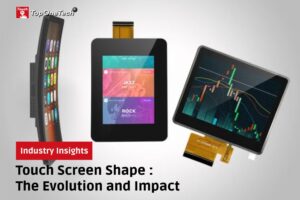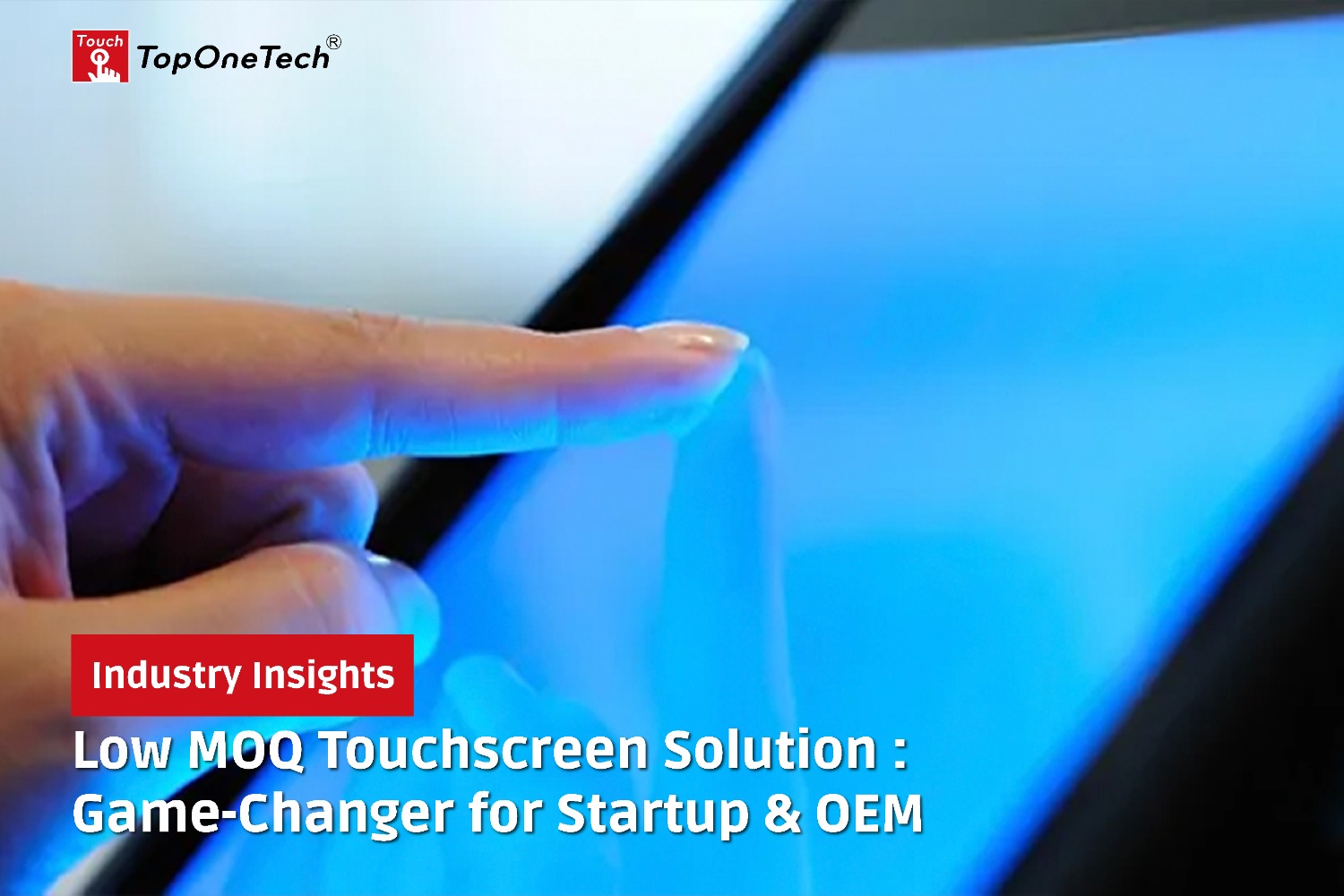
In the rapidly evolving landscape of technology, touch screens have become an integral part of our daily lives. From smartphones and tablets to interactive kiosks and car infotainment systems, the interface of choice is often a touch screen. One fascinating aspect of this technology that has seen significant innovation is the shape of touch screen. While the traditional rectangular shape has dominated the market, recent advancements have led to the development of various touch screen shape, each with unique applications and benefits.
The Dominance of Rectangular Touch Screens
Rectangular touch screens have been the standard for many years, primarily because they align well with the aspect ratios of digital content. This shape is easy to manufacture, cost-effective, and efficient in displaying most forms of visual media. The rectangular design fits comfortably within the confines of devices such as smartphones, tablets, and laptops, which are typically designed to be portable and easy to handle.
The Emergence of Round and Curved Touch Screens
Innovation in materials and manufacturing processes has enabled the creation of round and curved touch screens. Round touch screens, for instance, are now common in smartwatches and other wearable devices. Their circular design is not only aesthetically pleasing but also practical for devices intended to be worn on the wrist. The shape allows for a more natural and ergonomic interaction, fitting the form factor of the wrist perfectly.
Curved touch screens have found their niche in larger devices such as televisions, computer monitors, and automotive displays. The curvature can enhance the viewing experience by providing a more immersive and natural field of vision. For example, the automotive industry employs curved touch screens in dashboard displays to present information, aiding drivers without diverting their attention.
Flexible and Foldable Touch Screens
The advent of flexible and foldable touch screens represents a significant leap forward in display technology. These screens, typically crafted from advanced polymers or organic light-emitting diode (OLED) materials, can bend, fold, or roll up without display damage. This flexibility opens up a myriad of possibilities for device design. Smartphones with foldable screens can transform from a compact phone to a larger tablet-like device, offering versatility in how users interact with their devices.
Researchers and developers are exploring the use of flexible touch screens in clothing and accessories, extending the concept of “wearable tech” beyond wristwatches. Picture a jacket with a touch screen integrated into the sleeve, enabling music control or notification checking with a swipe.
Custom Shapes for Specific Applications
Beyond the common rectangular, round, and curved screens, manufacturers are crafting custom-shaped touch screens for specific applications. Moreover, manufacturers often craft these custom shapes to suit unique use cases where traditional shapes prove impractical. For instance, the aviation and automotive industries are experimenting with irregularly shaped touch screens seamlessly integrated into complex and constrained dashboards and cockpits. These screens can conform to the contours of the interior surfaces, maximizing the use of available space and enhancing functionality.
Top One Tech can customize touch monitor shapes for your application scenarios.
See Also : Our Wide Range of Touch Monitor Products
Don’t hesitate to contact us for further assistance :
Whatsapp/Call us at : +86 13631610695
Email : sales@toponetech.cn
Future Directions
Looking ahead, advancements in materials science and manufacturing technologies will drive the future of touch screen shapes. As technologies evolve, touch screens will see more creative and practical applications, becoming integral in our daily lives.
In conclusion, the shape of touch screens is no longer confined to the rectangle. The evolution to diverse shapes enhances functionality and user experience, expanding interface possibilities across various devices and industries. As this trend continues, touch screens will undoubtedly play an even more integral role in the future of technology.



